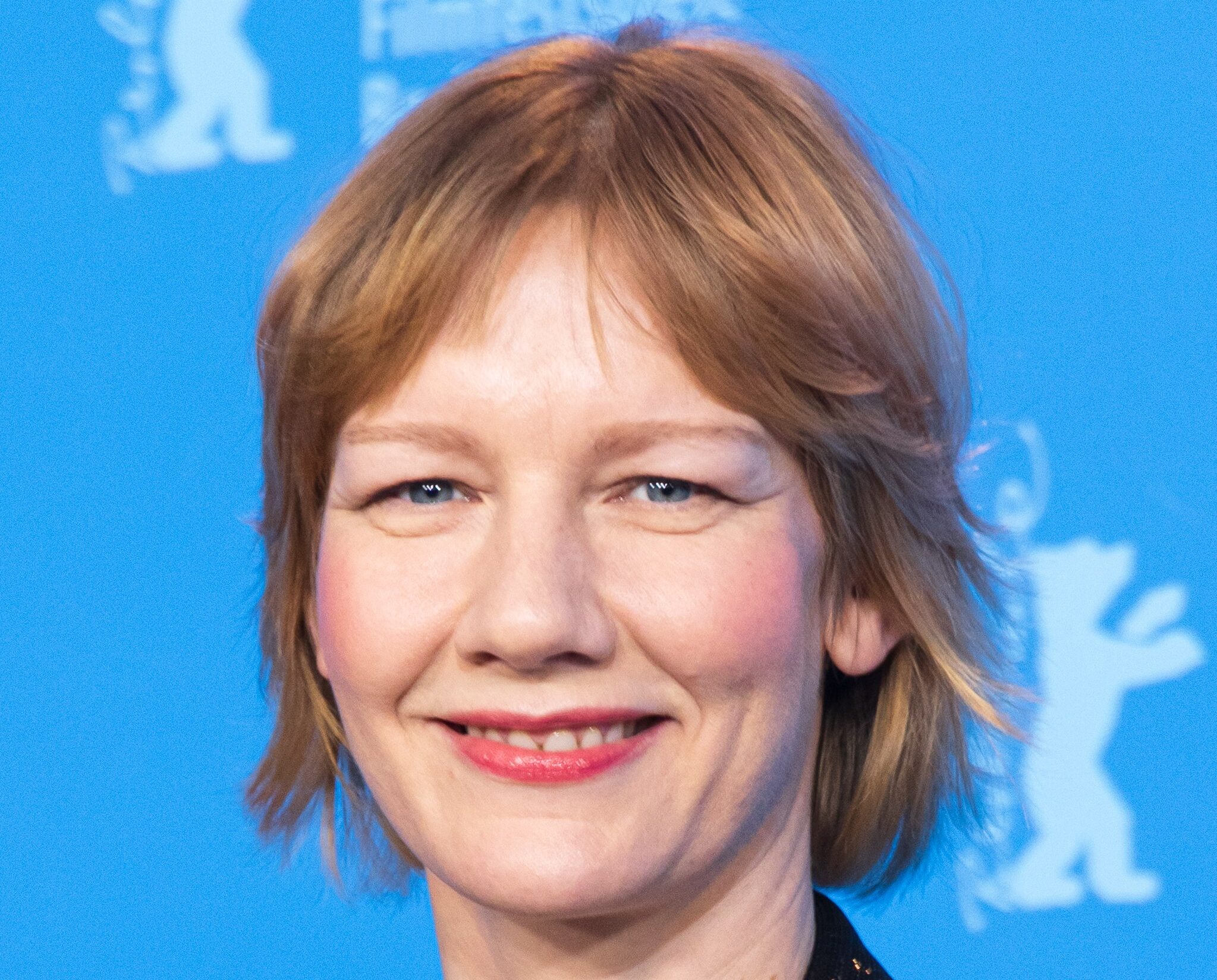Time to Burn

in Time to Burn
(Photo © Rahav Segev)
It’s not true that Charles L. Mee has a play opening every week; it only seems that way. In the spirit of seemsbut-not-is, let’s just say that this week’s Charles L. Mee play is Time to Burn, which the Resonance Ensemble is introducing to Manhattan and running in repertory with artistic director Eric Parness’s adaptation of Maxim Gorky’s Lower Depths. The pairing is in accordance with the company policy of demonstrating the intricate manner in which classical pieces occasionally resonate with contemporary work.
The catch here is that Mee’s play, which does give the impression of coming off an overworked assembly line, is hard-pressed to resonate with anything. No, that’s not quite right. It resonates in a superficial way with other Mee plays. There are a number of brief monologues during which characters yammer about love, which is a theme to which Mee returns again and again. There are allusions to biblical history, literature, and myth, all areas in which Mee likes to frolic. At one point, the actors gather to eat a skimpy meal as if recalling the last supper. At another point, someone delivers a speech from Aristophanes’s The Birds — in Greek, no less — or what was Greek to Mee. (And me.) At yet another point, I could have sworn two of Mee’s people delivered lines from The Postman Always Rings Twice, or maybe it was only Mee’s approximation of dialogue from James M. Cain-like plots in which reckless lovers plot to kill an in-the-way husband.
Since the piece involves a number of people gathered together under one roof and having a difficult time getting along, Time to Burn is also reminiscent of a Mee endeavor from a couple weeks back: Wintertime. The crowd in that opus, however, was a privileged bunch getting on each other’s nerves at a countryside hideaway. The new gang is a motley assortment who are one tiny step above homeless and are subsisting in a black basement — many of them sleeping, as it happens, under coffin-like tables covered with American flags.
Who these disenfranchised are and why they’ve come to reside so contentiously in a dingy, lower-depths establishment run by a Simon Legree landlord and two Asian sisters is never explained. Why proprietor Vinnie wears yellow gloves and enters and exits from a platform level on Robert R. Sweetnam’s set is also never vouchsafed. Since the program states “Time: Present, Place: America,” I took the rabble to represent victims of deteriorating social conditions that are currently bringing George W. Bush’s United States to its knees — with Vinnie as the despot figure. But that’s only my interpretation, arrived at because I had to think of something to justify the abstruse proceedings. My conclusions, though, may have nothing to do with what Mee has in mind. If, that is, he has anything concrete in mind. What he offers through his deployment of the vague characters is implied criticism of the way things are. Lacking dramatic substantiation, however, his stance begins to resemble whining.
Among those bickering in their dank surroundings but not doing much about conspiring to quit them are a wheelchair-ridden junk collector (who reminded me of the Harold Perrineau role in Oz and serves the same guide-to-the-underworld purpose), a compassionate home boy, a dying Eastern-European woman in babushka and her on-edge husband, a woman who eventually insists she is not Iraqi (although Mee doesn’t seem to be commenting on the current war) and a crippled man for whom she cares, a Greek woman with a mental problem, a willowy transvestite, a WASP in a red-white-and-blue bow tie (which did seem to be a comment), and an even-tempered Russian Jew. Like a nervous Oscar recipient struggling through an acceptance speech, I may have left someone(s) out, but the actors will forgive me.
I’ve already forgiven them, mainly because they can’t be blamed for appearing in a bad play. A couple of times Mee asks them to lip-synch and, in the instance of an old Dolly Parton-Kenny Rogers hit, to execute a line dance. Those throwing their hands about and bumping their hips commit themselves to the routine with gusto, although Mee cuts the musical-comedy number short before the audience can applaud the corps for the oomph injected into an otherwise lifeless, plotless plot. So let me applaud the actors now. Among those who rose above the material throughout the piece were Gameela Wright, Patrick Melville, Lou Tally, and Martha Tompoulidou. A couple actors sank right along with the play — one of them to an especially subterranean level. They’ll go nameless. None of the participants looked to be much helped by director Leland Patton, who may have been spending the bulk of his time figuring out how to arrange and rearrange the coffin-like tables to give the stage a continuously different look. Sidney Shannon’s costumes and Aaron J. Mason’s lighting contributed in the visual variety.
What any audience is supposed to glean from Mee’s depiction of modern-day hell I can’t say. Neither can I say how Mee continues to get productions for dramas that are so incompletely realized. (Anyone wanting to speculate on the mystery might try reading some or all of the 22 scripts Mee has on his website — www.charlesmee.org.) I can say that I don’t remember a recent play during which I looked at my watch anywhere near as often. For me, Time to Burn wasn’t the issue; time to go was.











